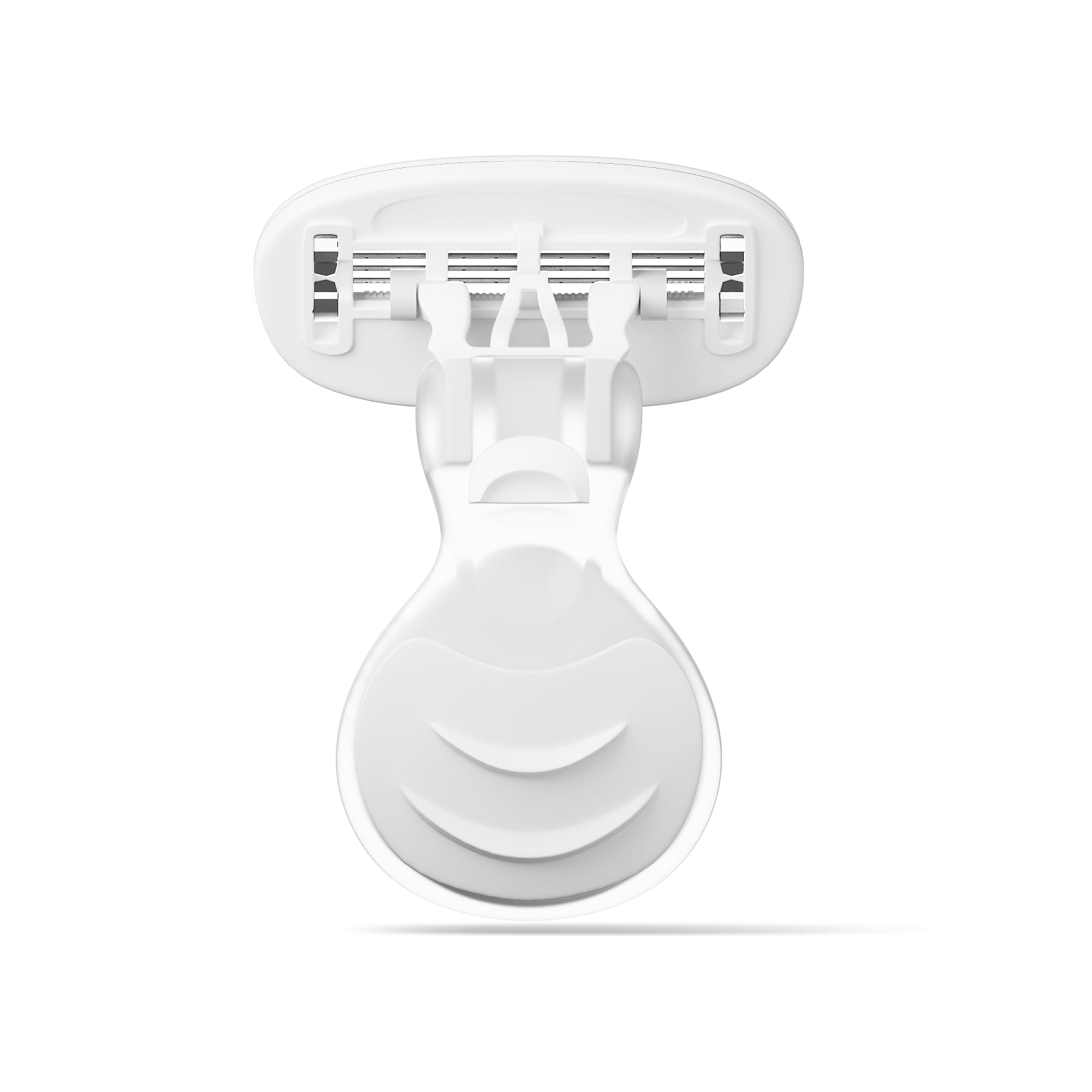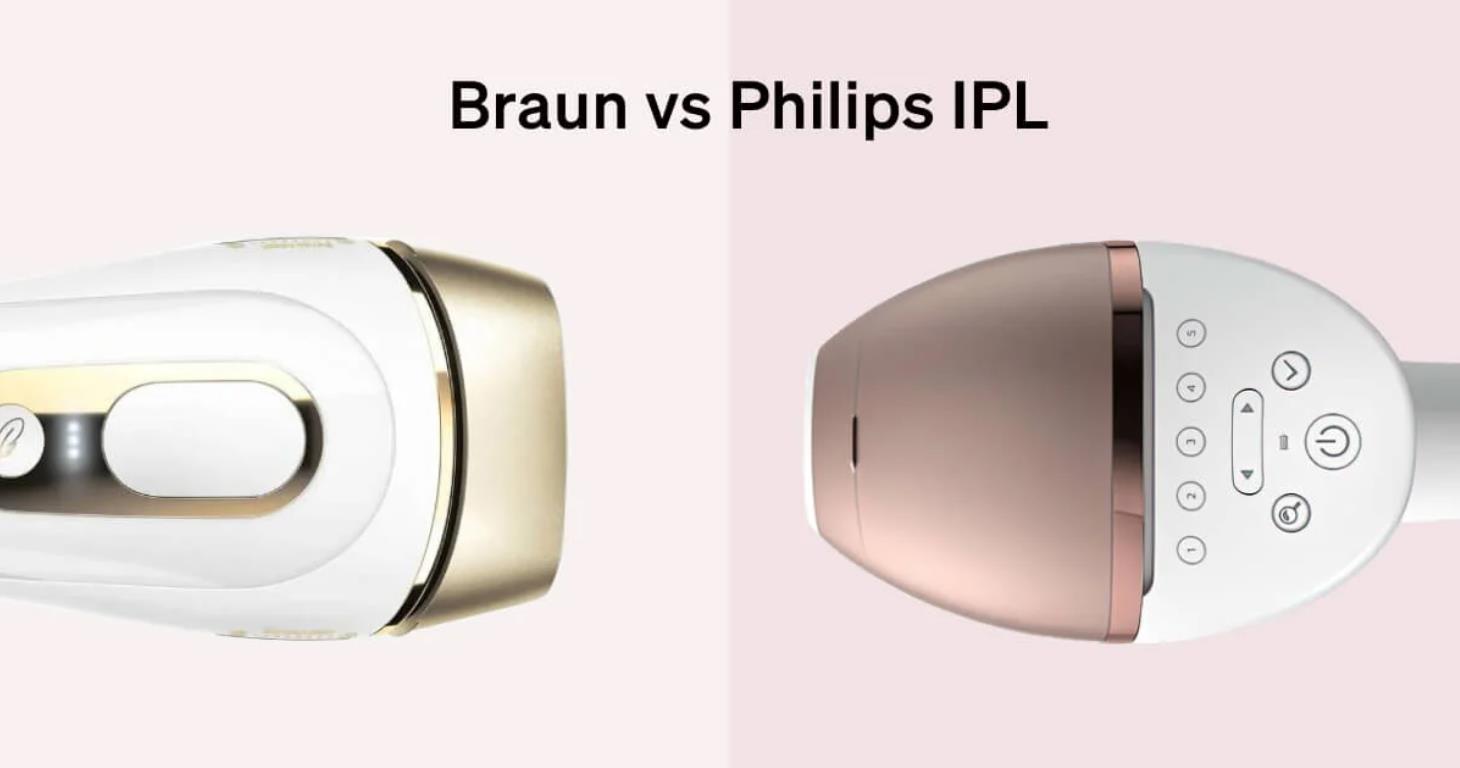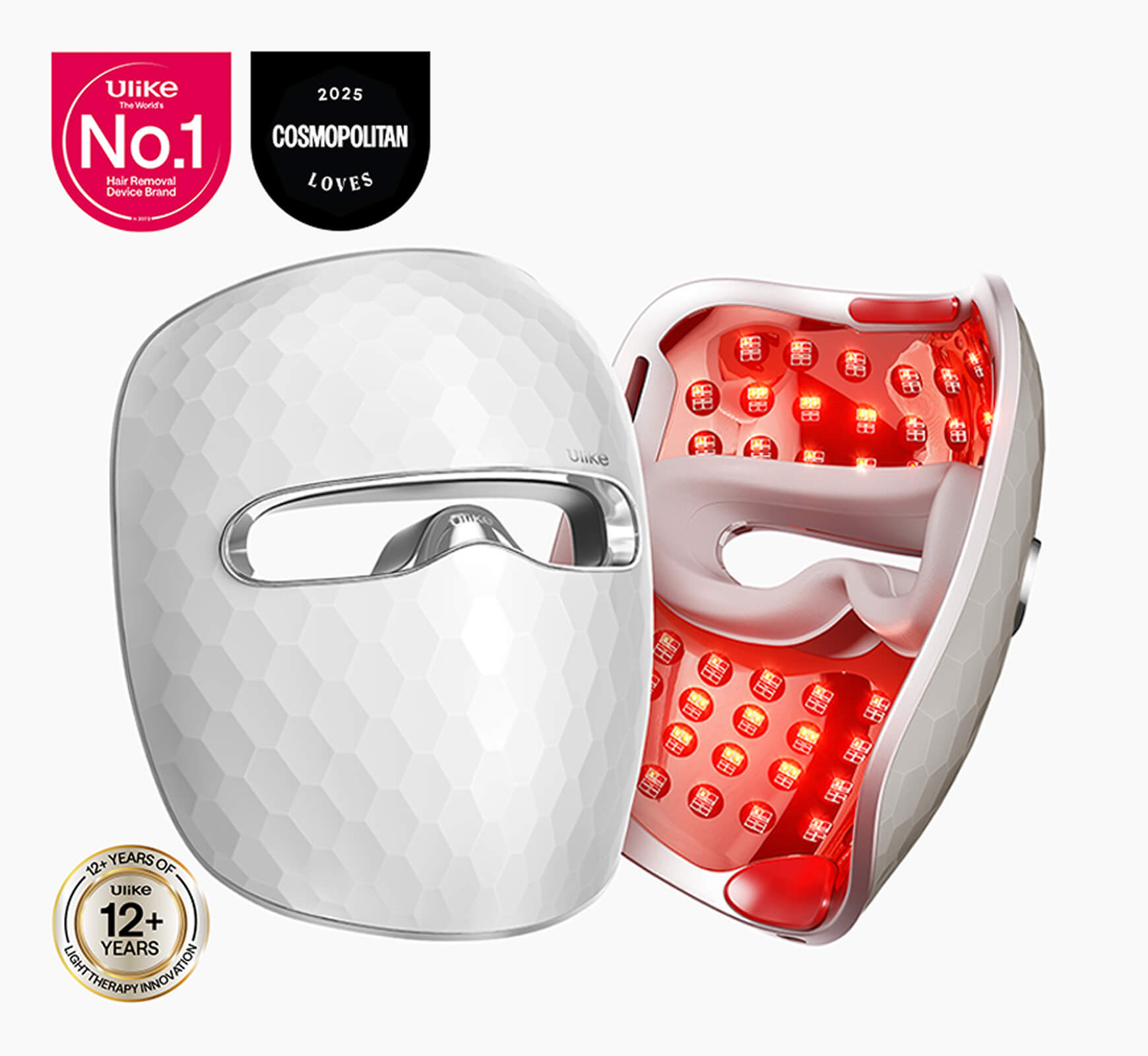You have most likely heard about laser hair removal and how effectively efficient it is when it comes to seamless hair removal. Our hair grows naturally, but sometimes everyone wants that smooth, summer-body type skin. Laser hair removal has made its way to the top list for most people to achieve that perfect smooth finish. Some people believe that while laser hair removal is effective in getting rid of unwanted hair in parts of the body including the intimate areas, it poses a major threat to the health and well-being of the individuals who use it.
One of the prevalent concerns of this treatment method is that it can cause infertility with prolonged use, considering the fact that it is also used around intimate areas. But is there really any scientific proof or study that backs up this claim? In this guide we would look into the scientific aspect of laser hair removal, how it works and the potential side effects you might face with prolonged use of this treatment method.
1. How Laser Hair Removal Works

More and more people are opting for laser hair removal as confirmation of its efficient hair removal is gaining attention. This portable yet highly powerful device uses light technology to target light beams in the area. Once the light beam courses through, it hits the hair and converts to heat energy at the follicles which explains how this treatment method can remove hair from the roots fast and effectively.
Laser hair removal can be applied to multiple areas of the body like the face, legs, bikini areas, back, chest, upper and lower arms.
What Happens When You Use Laser Hair Removal
While very powerful and efficient, the device does not have the ability to travel any further than the area targeted. It goes just right below the skin surface where you will find the follicles and does not go beyond that area. This means that even though you use laser hair removal on your face, legs, arms, and even on your intimate parts, it cannot travel further in your body to affect other tissues or vital organs, like the fertility organs. Once you can understand how this works, you are better positioned on how to use this technology to achieve perfect, seamless, hair-free skin without worrying about the mythical side effects.
2. Laser Hair Removal And Infertility?

With the increasing awareness around this method for hair removal comes a concern on its use and the effect it has on the body after using this treatment method over a period of time. “Does laser hair removal cause infertility?” No, it does not. According to Healthline, “It’s a myth that laser hair removal can cause infertility. Only the skin surface is affected by the lasers, so the minimal radiation from the procedure can’t penetrate any of your organs.”
Impact on Female Fertility
In females, the treatment is usually used in areas like the underarms, face, legs, back and bikini area. The impact on female fertility becomes a topic for most considering the proximity of the laser to the reproductive female organs when used to remove hair on intimate areas. However, the beams from the lasers do not have the ability to travel beyond the under the skin surface where we have the hair follicles. Which ultimately means the effects of the laser do not reach the ovaries, uterus, or any of the reproductive organs.
Impact on Male Fertility
Males usually opt for laser hair removal to handle the excessive growth around their face, back and chest. However, most men have concerns when it comes to using this treatment around their intimate areas due to the myth that it can cause erectile dysfunction. This concern increases when areas like the testicles which are considered very fragile are concerned. However, Medical News Today confirms that there is no scientific evidence that laser hair removal causes infertility in men as the effects only reach the skin and cannot go further to affect any other organs that might affect sperm production and erectile function.
3. Common Side Effects of Laser Hair Removal

Now that we know that laser hair removal does not cause infertility, it raises the next set of questions likely on your mind. What side effects come with a procedure like this? These side effects could be a result of poor prepping, using a device not suitable for you, or not following the instructions on the device. These include:
Redness or Swelling
This is a very common skin reaction to almost every treatment you do on your skin. The effects usually go away after a couple of hours or within a few days. Redness that shows up as a side effect after you have done the procedure can be relieved with some ice on the area or some over-the-counter numbing cream.
Irritated Skin
you might experience some form of itching or mild discomfort in the treated area. In a bid to protect, your skin triggers an irritative reaction in the treated area. This effect would also be gone after a couple of hours to a few days. You can help with the irritation with a soothing cream or moisturizer with an aloe vera base to help you feel better pending the time the irritation goes away.
Color changes
While this is very rare, laser hair removal can cause pigment changes on the skin during use. Since the treatment targets the melanin pigment, it means people with darker skin tones are more prone to this side effect than others. Most IPL devices usually advise people with darker skin tones or light skinned people with light-colored hair to avoid laser hair removal except when done with the help of a professional.
Conclusion
You no longer have to stick with growing hair when there is a perfect alternative you are avoiding just because of an infertility myth. This article has taken you through the facts on how laser hair removal works and has been able to debunk the myth that this hair removal method causes infertility. So go right ahead and enjoy the many benefits of efficient, longer-lasting and less painful hair removal laser hair removal. If you use this method consistently, in just two weeks, you notice less hair growing in that area and can have 93% reduced hair growth in that area helping you save time, energy and resources on achieving a smooth finish.










































